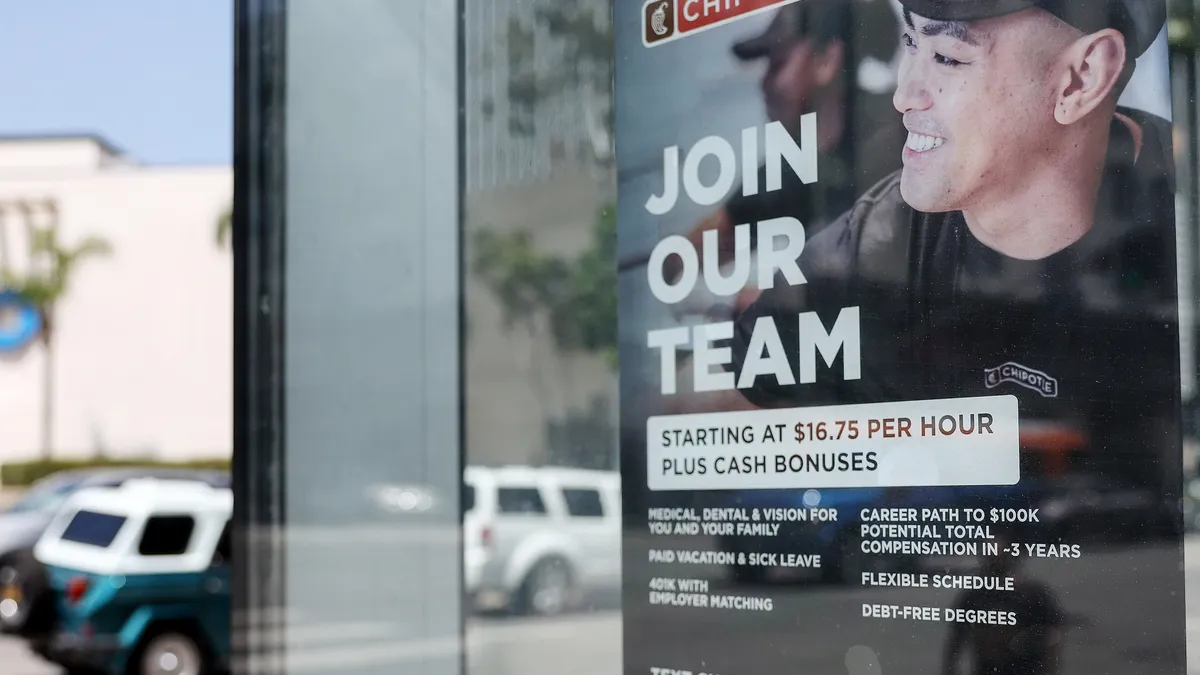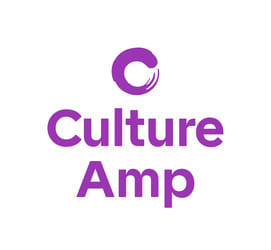Sometimes, peak employee experience entails staged murders and cactus showcases.
Sittercity's Chief People Officer Erin Yarnall described for HR Dive those and other ways her employees cook up virtual fun amid a pandemic. Along with “succulent nights” and the tech team’s plans to solve a murder mystery, karaoke, monthly themed trivia sessions, holiday cookie-decorating contests and wine tastings are also in the mix.
Along with a pay equity audit, Yarnall’s approach to creating a dream total rewards package includes prioritizing schedule fluidity. This focus tracks, given the nature of her company’s work: The Sittercity platform connects working parents — perhaps a core demographic that has benefited from flexible workdays — to professional caregivers that can lighten the load.
A Sittercity consultant and nannying expert previously told HR Dive that, amid the pandemic’s demands, working parents had been leaning on in-home child care services “now more than ever.”
And addressing the concerns of working caregivers is its own case study for total rewards. As parenting experts and labor advocates continue to champion federal paid family leave, employers like period underwear company Thinx and PR firm Kickstand Communications are offering monthly child care stipends.
Along with covering daycare and nannying costs, below are Yarnall’s best practices for providing an enriched compensation and benefits package for caregivers.
This interview has been edited for clarity and brevity.
HR DIVE: What are some ways that Sittercity has worked to foster an enjoyable remote culture?
ERIN YARNALL: Some of my favorite things that we've been able to sustain are companywide, all-hands meetings every Wednesday. We celebrate anniversaries, birthdays, special events, and then we go right into performance and business updates. There's always a people update sector, whether it's hiring … [or] anything that's coming in terms of process, any work that we're working on, within the DEI space.
We also offer a $20 GrubHub gift card so that people get to enjoy lunch during that time. And then we end it with asking questions; we have an anonymous question box. Any question is fair game and we answer every difficult question that comes our way.
Another way that we gather input and feedback is through our monthly pulse surveys. What I'm really proud of is, month over month, we have really high marks in terms of building an inclusive, welcoming and transparent environment. That really sticks out to me: the psychological safety factor.
We have Slack and interest group channels within there. We have the "water cooler," which takes the place of the elevator chat we miss out on by having an in-person culture. It will ask a random question every Wednesday and Friday, and it's just a way for people to take a break and get to know each other.
What are some more fun Slack channels at Sittercity?
We have the "kitchen," which is often a conversation around lunchtime and dinnertime. What are people making? Where do people go to eat?
We have a "shoutout city," which is really a peer recognition channel. There, we say how someone is upholding Sittercity’s core values and this channel is pretty active. It’s our way to give people credit for all the hard work that they're doing.
We have a pups channel. We have family updates. I love this, because I have a daughter and I love to showcase her. We have a "culture crew" as well, which I find really exciting. This is where we share ideas, and things that are working or not working.
Since focusing more on remote work culture by offering events, perks and amenities, what kinds of feedback have you received from employees?
I would say it’s really positive. When we first went remote, we offered a $350 stipend so that they could make their home office more enjoyable, more comfortable and ergonomically sound. That was really well-received and appreciated.
I think Sittercity employees felt appreciated and listened to, because not having enough space can put a real strain on mental health. I think it increased the trust in leadership — employees know if leadership is going to ask for feedback, they’re willing to listen and make that investment.
And lastly, compensation: What are your best practices for conducting compensation reviews?
We look at three major components at Sittercity — we take into consideration the market, job functions and skills, and where our employees are in terms of their career and overall experience.
We didn't have a consistent, equitable process prior to me joining. So, I implemented a formal merit process where we looked at all of these factors, independent of another, for each person. We also did a gender and ethnicity — or underrepresented minority — analysis. We did that after merit, to see where it would land and we made further adjustments, to ensure that there were no gaps.
We also have rolled out a new bonus program. In the past, everyone just got a flat bonus, regardless of their performance. Now we've turned it into a structured program, where people have more earning potential based on their role. It's performance-driven, so we’re hoping that incentivizes people to continue working toward our mission and that employees also feel recognized for the hard work that they bring to the company.
We have a “very open door policy” and that's actually opened up a couple conversations where employees just needed clarity on something, and now they can move forward. It doesn't mean that our compensation was bad or they weren't happy. They just needed clarity.
I can see how it’s beneficial to foster that kind of open door culture, because it creates space for an employee to talk about compensation in a more in-depth way. In reporting on HR, I’ve observed that all the different ways people can be compensated — total rewards — is becoming increasingly important to workers.
In the industry that we're in, benefits are a huge part of our compensation. With a 67% female workforce, we're really proud of being able to offer child care in the Bright Horizons centers. We're able to bring those to our employees, which is cutting-edge to me when I think about the benefit offering that is not just your simple health, dental, and vision insurance and 401(k).






















